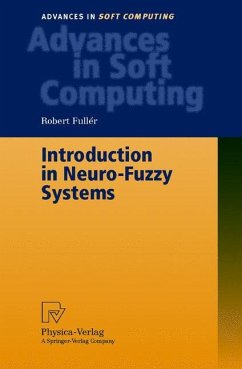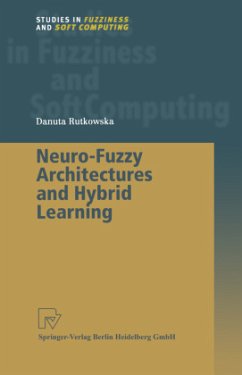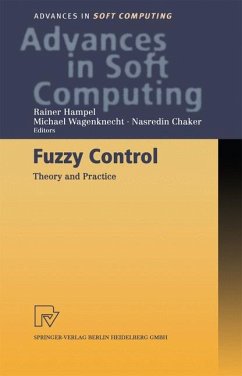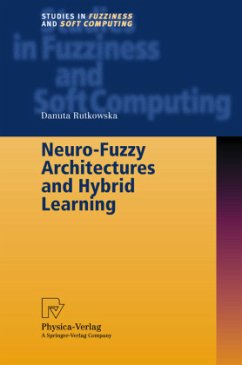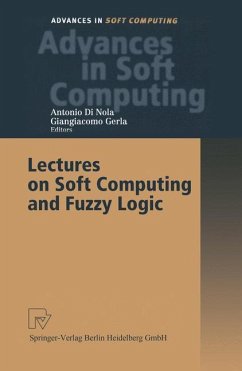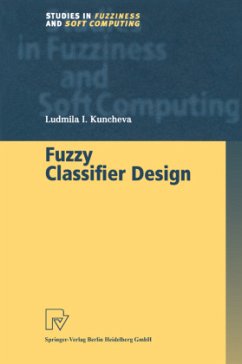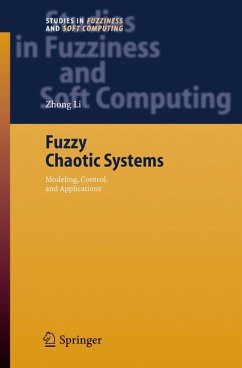
Fuzzy and Neural: Interactions and Applications
Versandkostenfrei!
Versandfertig in 6-10 Tagen
76,99 €
inkl. MwSt.
Weitere Ausgaben:

PAYBACK Punkte
38 °P sammeln!
The book can be broken down into two basic parts: (1) Chapter 3 through 6 the main ingredient is a neural net; and (2) Chapter 7 through 10 are about fuzzy neural nets. The chapters on (layered, feedforward) neural nets include using neural nets to approximate fuzzy systems, to equal fuzzy systems and to solve fuzzy problems. The chapters on fuzzy neural nets focus on using them to approximate fuzzy systems or equal fuzzy systems. The topic of neural nets, fuzzy systems and fuzzy neural nets are brought together in Chapter 11 with the design of a fuzzy teaching machine whose inputs/outputs are verbal statements.
The primary purpose of this book is to present information about selected topics on the interactions and applications of fuzzy + neural. Most of the discussion centers around our own research in these areas. Fuzzy + neural can mean many things: (1) approximations between fuzzy systems and neu ral nets (Chapter 4); (2) building hybrid neural nets to equal fuzzy systems (Chapter 5); (3) using neura.l nets to solve fuzzy problems (Chapter 6); (4) approximations between fuzzy neural nets and other fuzzy systems (Chap ter 8); (5) constructing hybrid fuzzy neural nets for certain fuzzy systems (Chapters 9, 10); or (6) computing with words (Chapter 11). This book is not intend to be used primarily as a text book for a course in fuzzy + neural because we have not included problems at the end of each chapter, we have omitted most proofs (given in the references), and we have given very few references. We wanted to keep the mathematical prerequisites to a minimum so all longer, involved, proofs were omitted. Elementary dif ferential calculus is the only prerequisite needed since we do mention partial derivatives once or twice.



